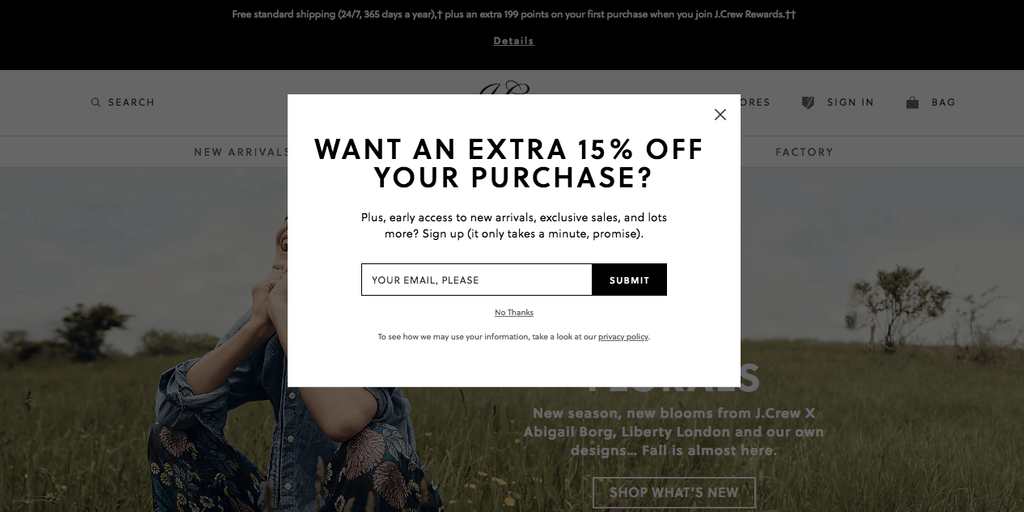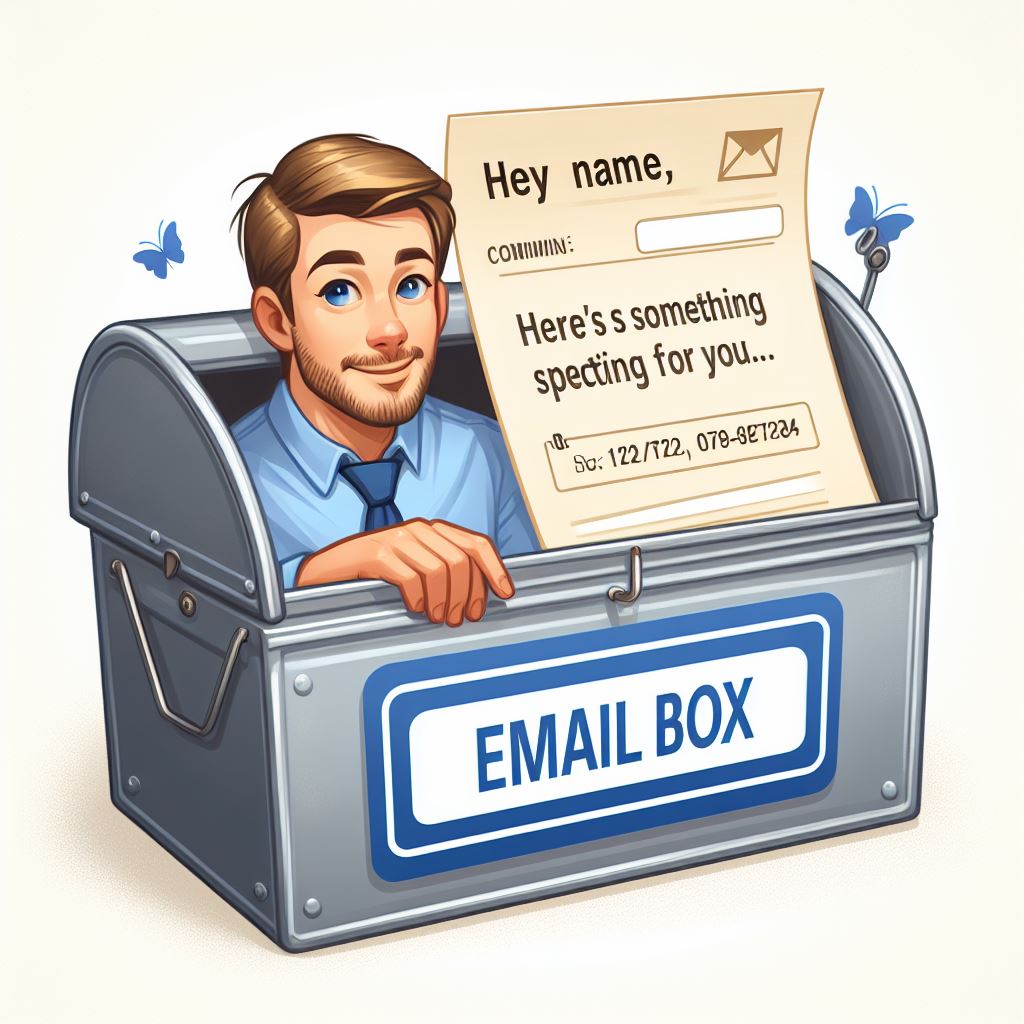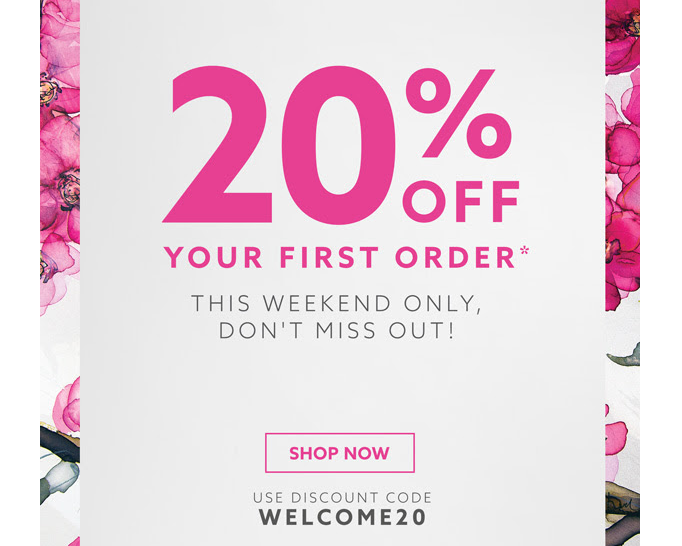In the competitive world of e-commerce, Shopify store owners are constantly looking for ways to stand out and drive sales. While flashy advertising and social media campaigns can grab attention, email marketing remains a powerful tool for nurturing customer relationships and boosting revenue.
This article explores how Shopify owners can leverage strategic email marketing to maximize profits. We’ll explore key strategies for building an engaged subscriber list, crafting compelling email content, and ultimately converting those subscribers into loyal, paying customers.
Building Your Subscriber List: The Foundation of Success
Before crafting emails, you need a solid foundation – a targeted list of subscribers genuinely interested in your brand and products. Here are some practical ways to grow your Shopify store’s email list:
Offer Incentives: People are more likely to part with their email addresses if they get something valuable in return. Consider offering exclusive discounts, early access to new products, or downloadable content in exchange for signing up.
Signup Forms: Make it easy for visitors to subscribe by placing clear and concise signup forms throughout your website. Consider strategic placement near product pages, at checkout, or as a pop-up after a specific browsing time.
Social Media Integration: Promote your email signup on your social media platforms. Run contests or giveaways that require email signup to participate.
Website Exit-Intent Popups: As a visitor is about to leave your site, a well-designed popup with a targeted message can capture their email address before disappearing.

Capture attention with targeted offers or incentives. (Source: Proof)
Remember: Building trust is critical. Always obtain explicit consent before adding someone to your email list, and clearly outline how you’ll use their information.
Crafting Compelling Email Content: Speak to Your Audience
Now that you have a growing subscriber list, it’s time to craft email content that resonates with your audience. Here are some key elements to consider:
Segmentation: Don’t blast the same generic message to everyone. Segment your audience based on demographics, purchase history, or browsing behavior. This allows for targeted messaging that is more relevant and engaging.
Subject Lines: Your subject line is the first impression, so make it count. Keep it concise and informative, and pique the reader’s curiosity to encourage them to open the email.
Personalization: A little personalization goes a long way. Use a subscriber’s name in the greeting or recommend products based on past purchases.

Personalized subjects with their name can attract viewers to click
Compelling Content: Focus on creating valuable content that informs, educates, or entertains your audience. This could include product updates, industry news, how-to guides, or special offers.
Visual Appeal: People are drawn to visuals. Use high-quality images and videos to showcase your products and break up text-heavy content.
Clear Calls to Action (CTAs): Don’t leave your subscribers guessing what to do next. Tell them exactly what action you want them to take – visit a product page, redeem a discount code, or purchase.
Pro Tip: A/B tests different subject lines, email layouts, and CTAs to see what resonates best with your audience and drives the most clicks and conversions.
Putting it All Together: Effective Email Marketing Campaigns
Now you have the building blocks – an engaged subscriber list and compelling content. Here are some email marketing campaigns you can implement to maximize your Shopify store’s revenue:
Welcome Emails: Set a positive first impression with a warm welcome email introducing your brand, highlighting your bestsellers, and offering a new subscriber discount.

Welcome Mail with Discounts.
Abandoned Cart Emails: Many potential customers add items to their carts but never complete the purchase. A timely abandoned cart email reminding them of the forgotten items and offering a discount code can nudge them back to checkout.
Win-Back Campaigns: Don’t let inactive subscribers fade away. Craft re-engagement campaigns with exclusive offers or remind them of the benefits of shopping with your store.
Promotional Emails: Announce new product launches, upcoming sales, or flash deals to drive traffic and sales.
Post-Purchase Emails: Thank customers for their business and offer relevant product recommendations or complementary items.
Remember: Consistency is critical. Develop an email marketing calendar and schedule regular email campaigns to stay top-of-mind with your subscribers.
Measuring Success: Tracking and Refining Your Strategy
Email marketing is powerful, but it’s not a set-it-and-forget-it strategy. Track your email campaign performance using key metrics like open rates, click-through rates, and conversion rates. Analyze this data to identify what’s working and what’s not.
- Click-through rates (CTR): This measures the percentage of people who clicked on a link in your email. However, consider clicks on other elements besides the main call to action (CTA) button.
- Open rates: While factors outside your control can influence important open rates, track other engagement metrics alongside open rates to get a better picture.
- Forwarding rates: If people forward your emails to others, it indicates that they find the content valuable and relevant.
